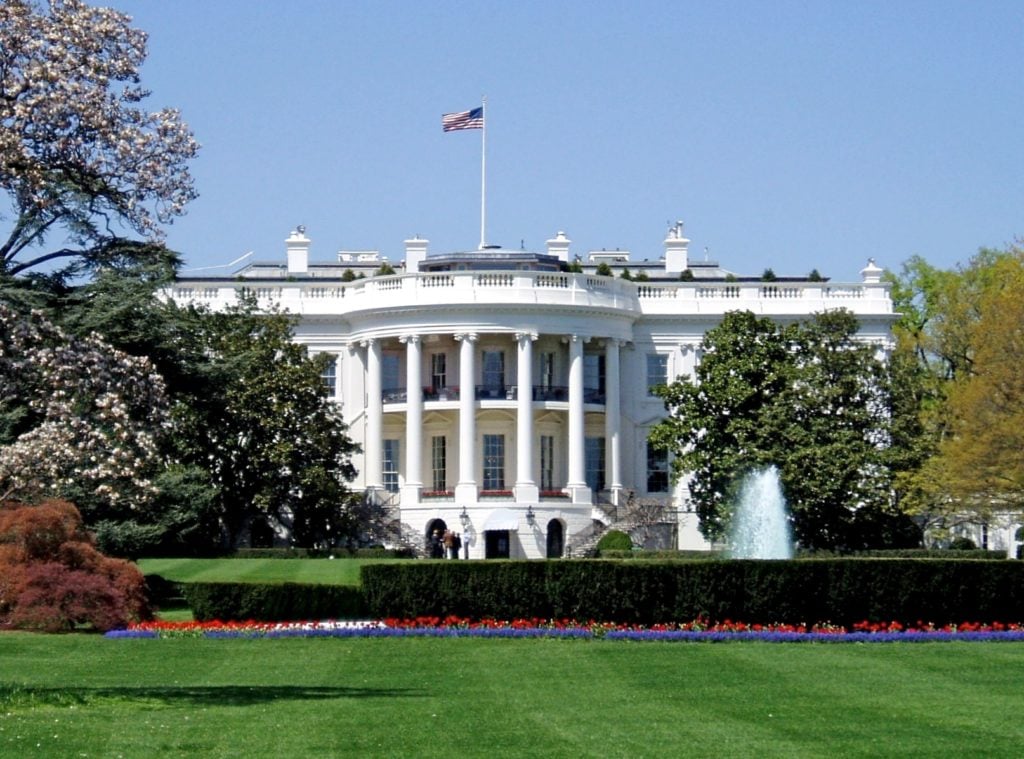
US President Joe Biden has signed an executive order that demands the US federal government ‘lead by example’ and leverage its buying power to achieve carbon neutrality by 2050.
Signed on Wednesday (8 December), the order sets new goals for the government to cut its emissions by 65% by 2030 and to become carbon neutral by 2050, the same year the US has targeted net zero emissions under its most recent Nationally Determined Contribution (NDC) to the United Nations (UN).
Try Premium for just $1
- Full premium access for the first month at only $1
- Converts to an annual rate after 30 days unless cancelled
- Cancel anytime during the trial period
Premium Benefits
- Expert industry analysis and interviews
- Digital access to PV Tech Power journal
- Exclusive event discounts
Or get the full Premium subscription right away
Or continue reading this article for free
Through order, the federal government will transform its portfolio of 300,000 buildings, its fleet of 600,000 cars and trucks, and use its annual purchasing power of US$650 billion in goods and services to achieve the emissions goals.
The order directs the federal government to use its “scale and procurement power” to achieve five established goals:
- 100% carbon pollution-free electricity by 2030, at least half of which will be locally supplied clean energy to meet 24/7 demand
- 100% zero-emission vehicle (ZEV) acquisitions by 2035, including 100% zero-emission light-duty vehicle acquisitions by 2027
- Net-zero emissions from federal procurement no later than 2050, including a Buy Clean policy to promote use of construction materials with lower embodied emissions;
- A net-zero emissions building portfolio by 2045, including a 50% emissions reduction by 2032; and
- Net-zero emissions from overall federal operations by 2050, including a 65% emissions reduction by 2030.
“The federal government will work with utilities, developers, technology firms, financiers and others to purchase electricity produced from resources that generate no carbon emissions, including solar and wind, for all its operations by 2030,” said a White House statement.
Biden also told the federal government to direct its procurement and operations efforts in line with achieving climate resilient infrastructure and operations, building a climate- and sustainability-focused workforce, advancing environmental justice and equality, prioritising the purchase of sustainable products and accelerating progress through domestic and international partnerships.
“President Biden’s executive order demonstrates how the United States government will lead by example to provide a strong foundation for American businesses to compete and win globally in the clean energy economy while creating well paying, union jobs at home,” said the White House.
Indeed, some federal agencies have already started their decarbonisation journeys, with the Department of Defence’s (DOD) Edwards Air Force Base in California set to add 520MW of carbon free electricity to the grid in 2022 by completing one of the country’s largest solar projects.
Similarly, the DOD’s Pacific Missile Range Facility in Hawaii will complete construction of the US’ largest 100% clean energy microgrid. The base will feature a 14MW solar facility paired with a 70MWh battery energy storage system.
The US’ fleet of solar and wind generation capacity is set to almost triple over the next decade, but even this is not enough to meet Biden’s decarbonisation targets, according to report by BloombergNEF in April.
This week, PV Tech Premium reported that the US solar sector could benefit from wide-reaching new policy support from Biden’s US$1.75 trillion Build Back Better (BBB) budget reconciliation package, currently being negotiated on by Senate Democrats.
Last month, the US House of Representatives passed a US$1 trillion bipartisan infrastructure deal that will see the country’s power infrastructure modernised to support new renewables projects.






